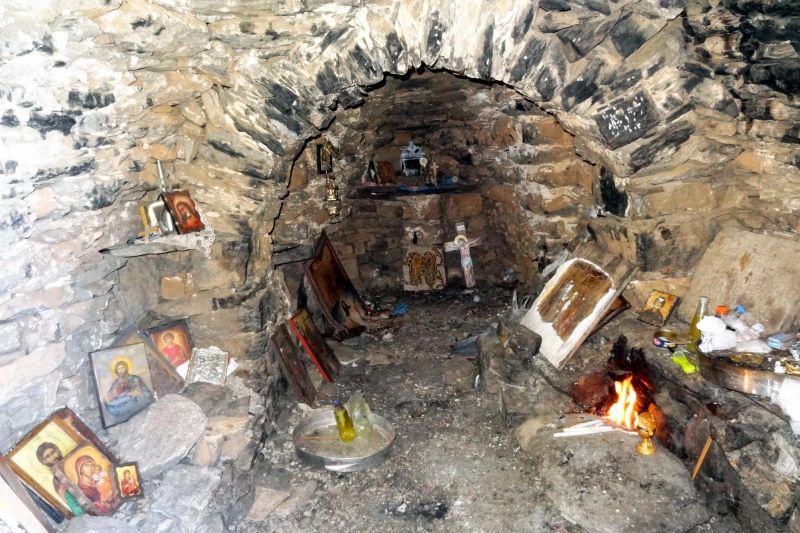Psiloritis and the UNESCO World Geopark
The mountains of Ida, better known as Psiloritis, are located in the center of Crete and cover a large part of Heraklion and Rethymnon Prefectures. Among its many peaks and the offshoots of the main massif, the five highest peaks are the most dominant: Holy Cross (2456m), Agathias (2424m), Stolistra (2325m), Voulomenou (2267m) and Kousakas (2209m). Indeed the peak of the Holy Cross is just 3m higher than of the highest peak of the White Mountains (called Pahnes), being the highest point of Crete.
Psiloritis offers an amazing experience to those who try to know it better, and there you can see some of the most impressive landscapes of wild beauty. Deep caves, karstic formations, deep gorges, small plateaus, pine and oak woods, villages on the edge of the cliff, bare alpine zones: all that make up the unique scenery Psiloritis.
The towering Ida always caused awe to its visitors. Thus, the ancient Minoans considered that as a sacred mountain, where many myths are positioned. The cave of Ideon Andron, close to the wild plateau of Nida, was linked to the upbringing of Zeus, the most important God. Nearby, the sacred spring of Zominthos and the small town, was used as a sanctuary.
Psiloritis Natural Park - UNESCO Global Geopark
Psiloritis Geopark was founded in 2001 as natural park.
Due to its rich geodiversity, its picturesque scenery and its longlasting history and tradition, Psiloritis geopark was included, from its early foundation, at the European Geoparks Network, and later at the Global Geoparks Network.
Since then, Psiloritis geopark, in co-operation with the Municipalities and other Bodies of the local authorities and communities, developed the appropriate infrastructure to provide to both its inhabitants and its guests a high quality life in a non-urban environment.
Today Psiloritis geopark is plays an active role in the global efforts for the conservation and promotion of the environment, of the natural and cultural heritage, as well as of the sustainable local development through the geo-tourism and the other kinds of alternative tourism.
On 17th September 2015, in Paris, the General Assembly of UNESCO decided the creation of a new territorial program, the "International Geosciences and Geoparks Program", under which territories can be nominated as UNESCO Global Geoparks. Since then Psiloritis is recognized as UNESCO Global Geopark.

